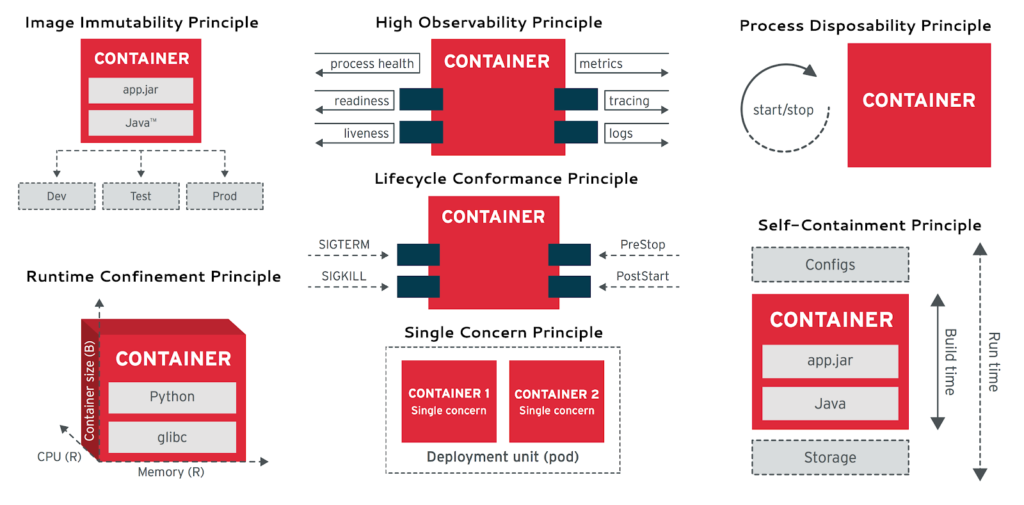---
title: "Principles of Container-based Application Design"
date: 2018-03-15
slug: principles-of-container-app-design
url: /blog/2018/03/Principles-Of-Container-App-Design
author: >
[Bilgin Ibryam](http://twitter.com/bibryam) (Red Hat)
---
It's possible nowadays to put almost any application in a container and run it. Creating cloud-native applications, however—containerized applications that are automated and orchestrated effectively by a cloud-native platform such as Kubernetes—requires additional effort. Cloud-native applications anticipate failure; they run and scale reliably even when their infrastructure experiences outages. To offer such capabilities, cloud-native platforms like Kubernetes impose a set of contracts and constraints on applications. These contracts ensure that applications they run conform to certain constraints and allow the platform to automate application management.
I've outlined [seven principles][1]for containerized applications to follow in order to be fully cloud-native.
| ----- |
|
